Those not in the know may not realize what a robust and vibrant wine scene Houston has. This is particularly true when it comes to Italian wine. As home to the Italy-America Chamber of Commerce as well as an Italian Cultural and Community Center, there is no shortage of Italian wine and Italian wine lovers in Houston. Members of wine consortia certainly know and several have made the visit the Houston over the years. Most recently, I had the pleasure of attending the Houston leg of the “Simply Italian Great Wines Americas Tour.” The folks from Abruzzo, Franciacorta, and Moscato d’Asti paid us a visit and what a tasty time it was! It also got me to thinking how that these are some seriously under the radar Italian wines. Sometimes just downright unappreciated.
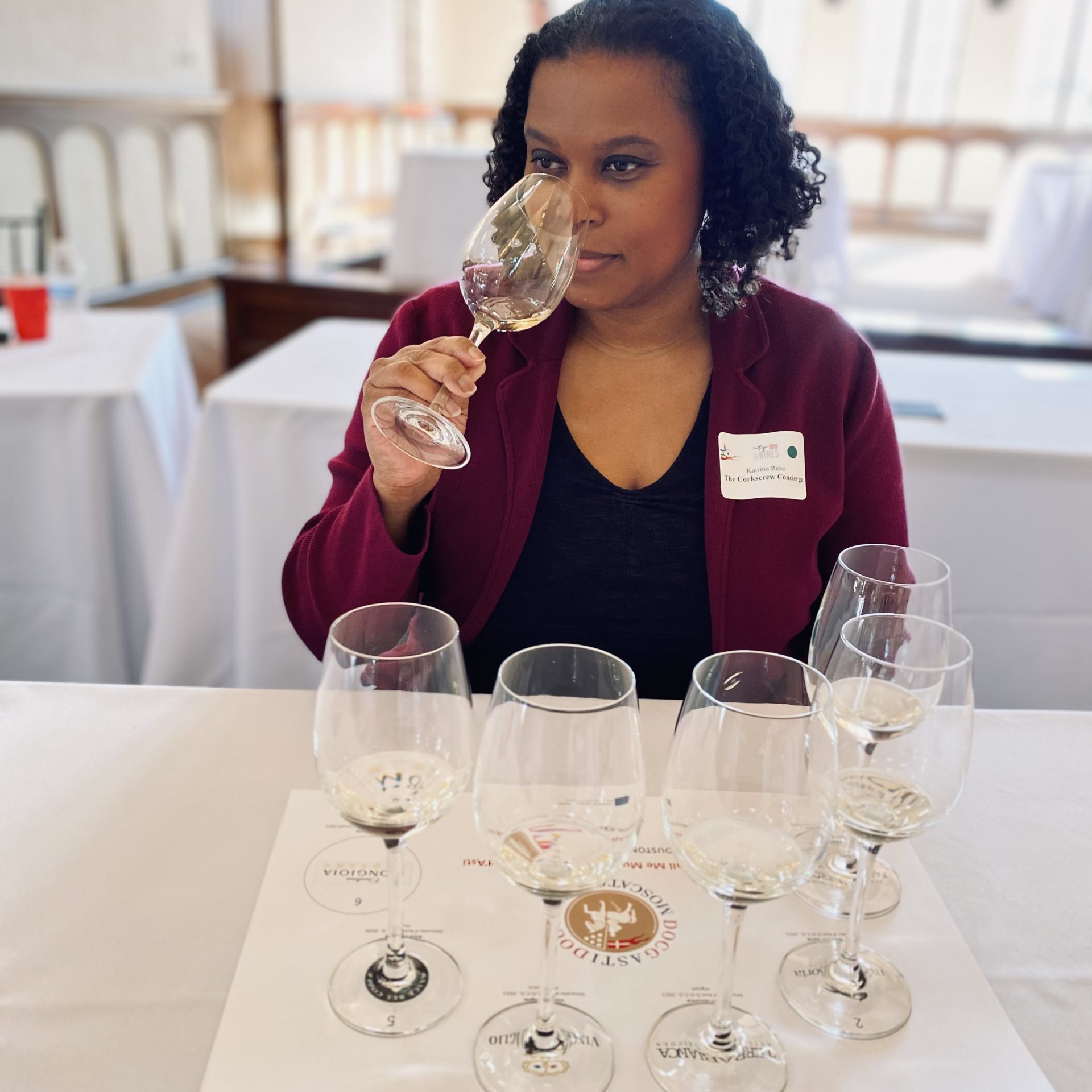
The event consisted of a series of master classes with representatives from each of the regions and was moderated by my good friend and Italian food and wine expert, Dr. Jeremy Parzen of DoBianchi. After that, we had a trade walk around tasting, which was hosted by the folks from Federdoc and provided a wide variety of wines from which to taste. It was just the thing to get me out of my wine rut which saw me drinking very little wine, not writing, and shunning social media. Let’s take a close look at the three regions represented.
Montepulciano d’Abruzzo
The first master class was entitled “Montepulciano d’Abruzzo, a great Italian red wine.” It was hosted by the marketing manager of the Consorzio Tutela Vini d’Abruzzo, Davide Acerra, who along with Jeremy took us through the history, winemaking, terroir, and recent trends in the region. Montepulciano d’Abruzzo wines are made with the Montepulciano grape, which is also the name of the wine. But don’t confuse it with Vino Nobile di Montepulciano, which is from Tuscany and is made with Sangiovese. Montepulciano is the second most planted variety in Italy after Sangiovese, of course. Outside of Abruzzo, it is found in several other Italian regions including Marche, Molise, and Puglia.
I’ve never been to Abruzzo which is located on Italy’s east-central coast on the Adriatic Sea. Having spent time on the Adriatic when I visited Croatia I’m certainly keen to see more of it. During the class, we learned how undeveloped Abruzzo still is and that it’s still full of historic Italian charm. And whether you’re into mountains or the sea, you can get both in Abruzzo. In fact, it only takes about forty minutes or so to get from the mountains to the coast. After seeing some of the beautiful sites including national parks, castles, and the like, I’m ready to go!
After getting a little background, we were able to taste through six wines which really showed the range of styles of Montepulciano d’Abruzzo. Overall, Montepulciano is a medium-to-full-bodied wine, a bit rustic, and has ripe dark fruit (think black cherry and plum) characteristics. It’s dark and sometimes inky, on the higher end of the tannin and acid spectrum, and is ridiculously affordable. $20 bucks easily gets you a solid wine. Spend a little more and wow! In fact, my favorite wine from the flight we tried comes in around $14! With the acid and tannin structure, it’s fabulous with pizza, bolognese – basically anything with cooked tomatoes, and fatty cuts of meat. Your sausage pizza will thank you! If you enjoy Syrah, Zinfandel, Petite Sirah, or Rhône blends, give Montepulciano d’Abruzzo a try.
While there is a great deal of mass produced wine in the region, Jeremy made sure to let us know that there are plenty of family producers making exceptional wines. There are also many women and young producers coming onto the winemaking scene creating exciting new wines using new technology and viticulture practices. Jeremy predicts that in a few years we’ll all be looking at Aburzzo as one of the coolest places to make wine.
Franciacorta
After finishing up with the wines of Abruzzo, we traveled north to Brescia in the region of Lombardy for some Franciacorta as well as a couple of red wines from the region. As a lover of traditional method sparkling wines, I always enjoy Franciacorta. The only problem I have is that they are not always easy to find! Part of the problem is that people don’t know Franciacorta as well as they know other Italian sparkling wines like Prosecco. If you’re not in the know, I highly implore you to get yourself a bottle or two.
Made in the same method as Champagne, Franciacorta is certainly Italy’s answer to the quality sparkling wines of France. In fact, it was the first Italian wine to be made with a second fermentation. Like Champagne, Franciacorta is made with Chardonnay and Pinot Noir. Some also feature small amounts of Pinot Blanc and more recently, the ancient native variety Erbamat which is known for its high acidity and serves as an answer to climate change. Lower yields, hand harvesting, gentle grape pressing, and more leads to higher quality wines and Franciacorta’s DOCG status, Italy’s highest classification. Like other high-quality traditional method sparkling wines, Franciacorta requires lengthy minimum aging periods starting at 18 months for non-vintage wines all the way up to 60 months for riserva wines.
The session was led by Ricci Curbastro, one of the OGs of the region. The family has been making wine for 18 generations! We started with three of their Franciacorta wines and I have to say my reaction was the same as it usually is when I drink these wines – “This is so damn good! Why don’t I have more of it?!” I’m particularly smitten with the Satèn style of Franciacorta, which is a blanc de blancs wine that is typically made with Chardonnay but can also be made with both Chardonnay and Pinot Blanc. It’s also bottled at lower pressure which makes for softer bubbles. The Satèn name is a nod to silk, for which the region is known. Think Milan fashion. But in this case, we have silk in a bottle. And how silky smooth it is!
We completed our tasting with Ricci Curbastro with two of their red wines, one of which was from the Lombardy region. We were able to try a Curtefranca wine, which is the name used for the still wines (both red and white) of the region. I’m pretty sure that I’ve never had a red wine from the region so was thrilled at tasting something new. This particular wine was made with Cabernet Franc, Merlot, Cabernet Sauvignon, Carmenère, and Barbera. Given that the region produces Franciacorta, I thought it was interesting that Pinot Noir is not permitted in the still red wines, but Chardonnay and Pinot Blanc are both permitted in the still white wines. Hmm…I guess they need all the Pinot Noir for the bubbly.
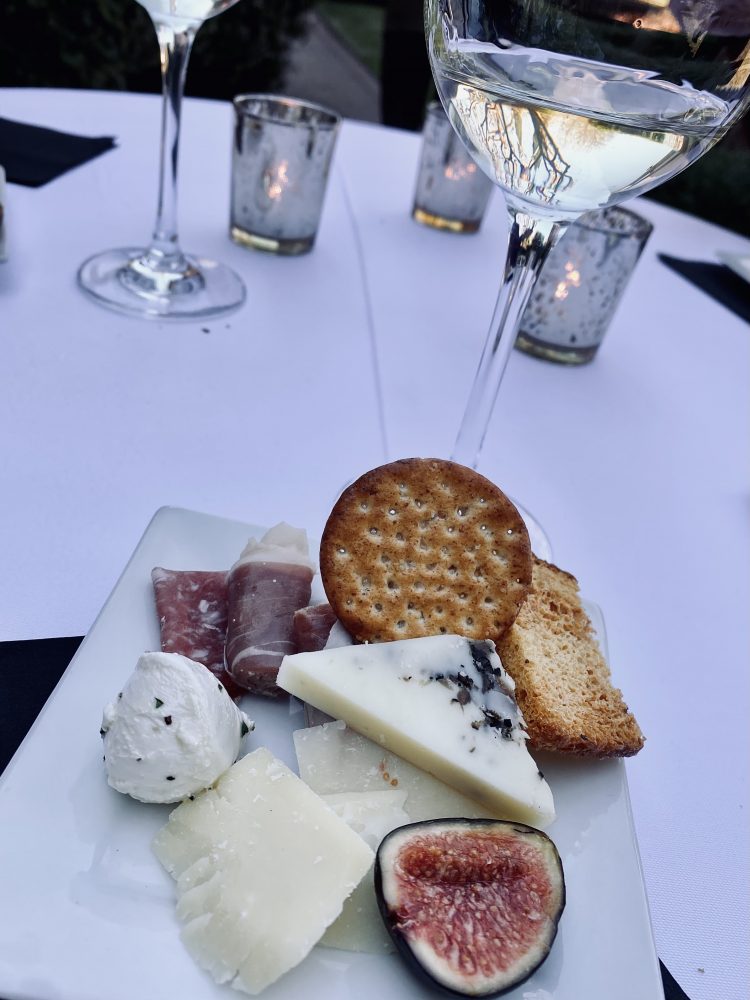
Moscato d’Asti
The final session was called “Don’t Call me Muscat! This is Moscato d’Asti” and of course featured Moscato d’Asti. I’m including this one in the “under the radar/ unappreciated” category, not because people don’t buy it, but because people don’t understand it. I find that it can be quite a polarizing wine for some, which just boggles the mind! How can something so delicate and beautiful cause so much fuss amongst people?! I say it’s because people either have closed themselves off to sweet wines or just think it’s not cool to drink them. Well, just stop it with that B/S! These wines are more sophisticated than people give them credit for.
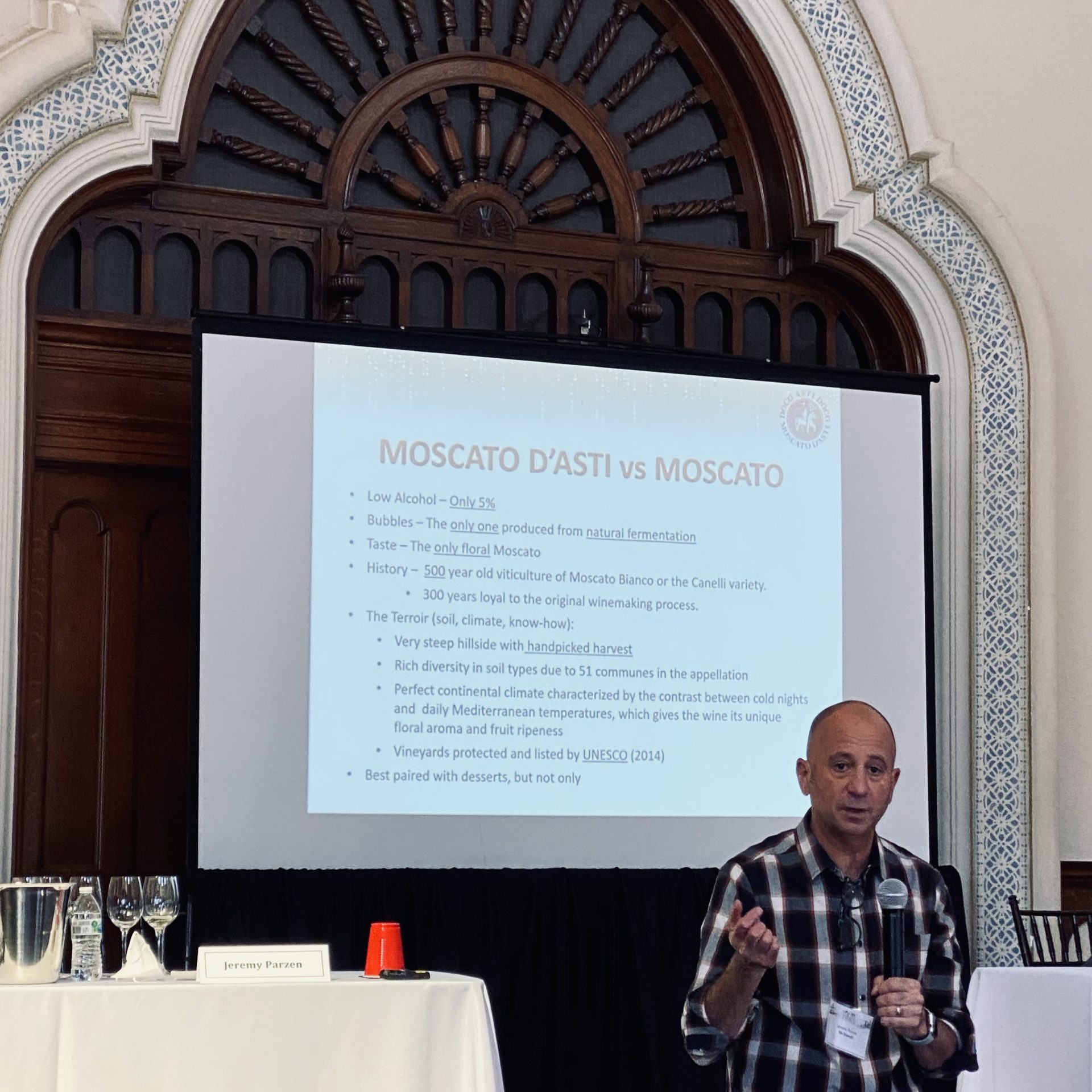
MDA (cause I can’t keep trying the while thing!) is made from the Moscato Bianco grape in Piedmont’s Asti zone. MDA is one of the oldest regions in Italy and Moscato Bianco is quite an old variety that has been cultivated for thousands of years. It’s like a thousand years older than Cabernet Sauvignon. It’s slightly fizzy with fresh with ripe fruits like peaches, apricots, Meyer lemon, yellow pears, and is quite low alcohol coming in at around 5.5% alcohol.
During the session, Jeremy provided plenty of fodder and passion for this misunderstood wine. He made two great points which I don’t think people realize and appreciate. First, MDA is made entirely in the same vessel which means it has less exposure to oxygen which leads to wines of extreme freshness. Second, MDA is the only major sparkling wine made in its own sugar. There is no added dosage of refined sugar at the end of the process. Just think about that. You’re just getting the grape in sparkling form with no extras. Wouldn’t that make it one if the most terroir-driven sparkling wines out there?
A well-made MDA is pleasantly effervescent with a delicate balance of sweetness and acidity. Jermey compared it to eating a bowl of ripe fruit, which I totally agree with. One of my biggest takeaways from the session is the fact that the grapes are grown by over a thousand, small family growers who have dedicated themselves to growing these grapes and provide incredible attention to them. The region really doesn’t have large growers, albeit some producers on the larger end.
I know it can be hard to step outside of your comfort zone you non-sweet wine drinkers, but give it a whirl. I love MDA with king cake during Mardi Gras season. But don’t just think sweet. I’ve had it with a salad topped with fried chicken, crawfish etouffee, even a burger. And yeah, I love it by the pool and at the beach. The lower alcohol is everything in the sun!
After the classes, we were able to walk around and taste several of the other wines from the region. Seems I was a bit drawn to the Pecorino.
So I hope I’ve convinced you to give these under the radar Italian wines a little love. You certainly won’t regret it. Cheers y’all!
Note: Cover Image Courtesy of Shutterstock


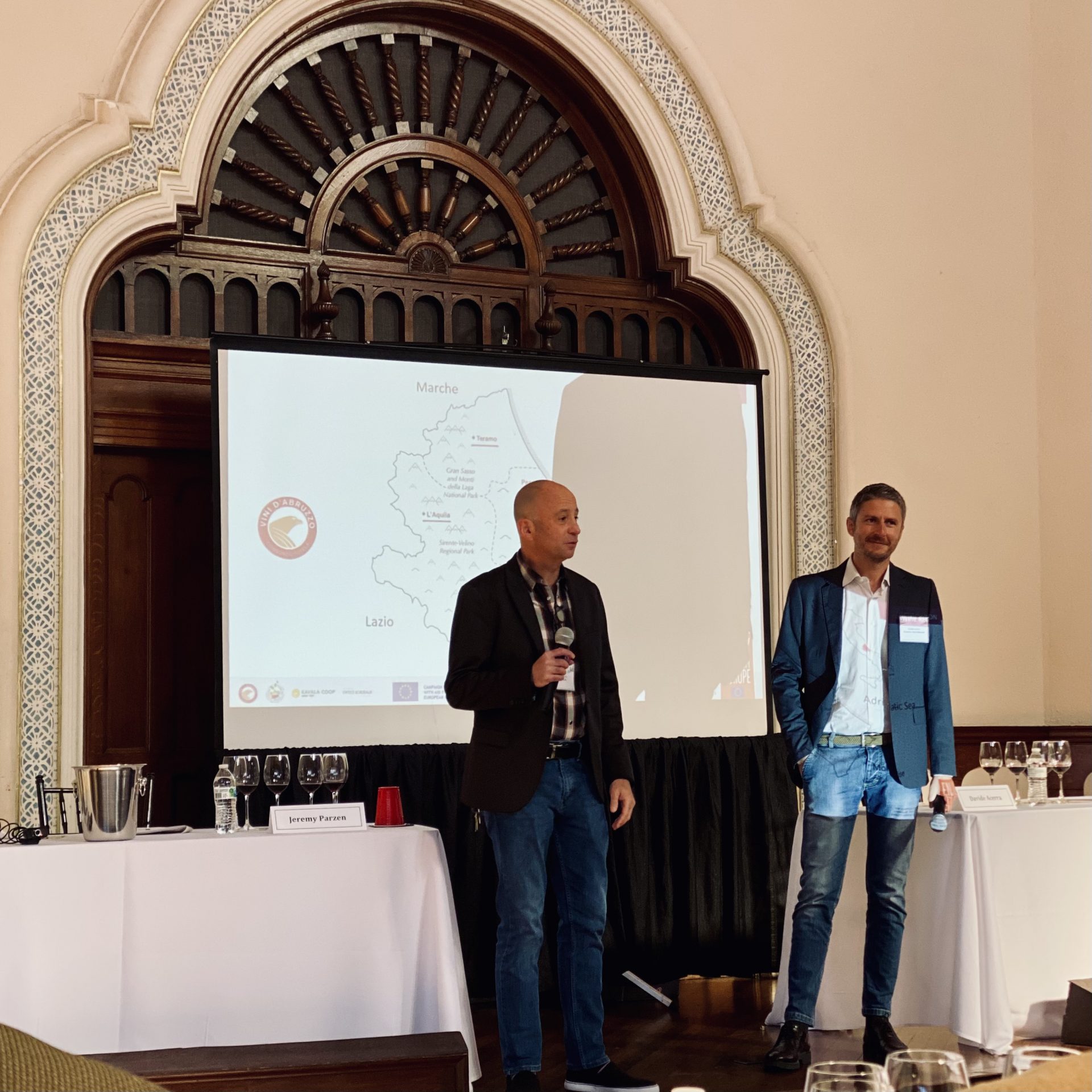
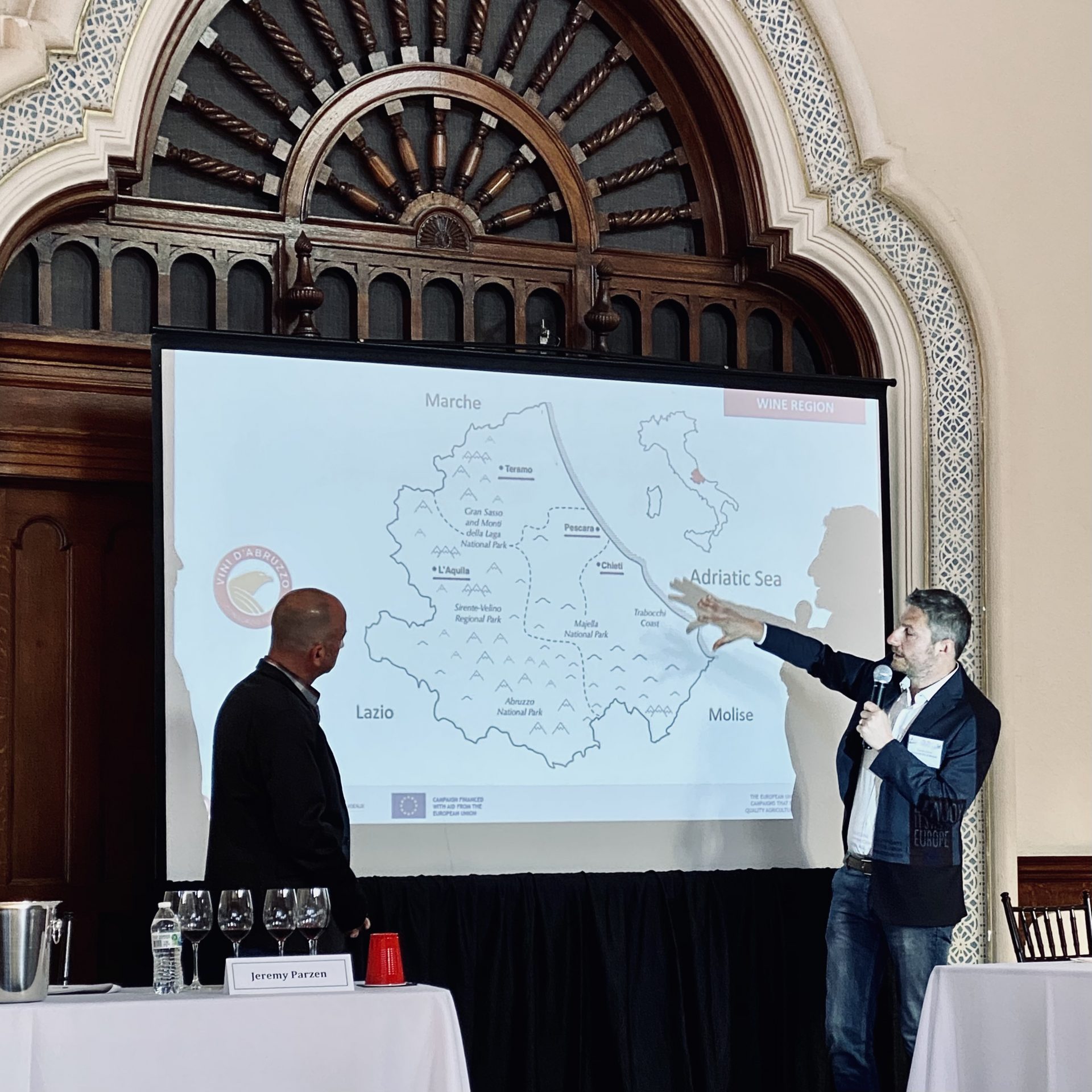
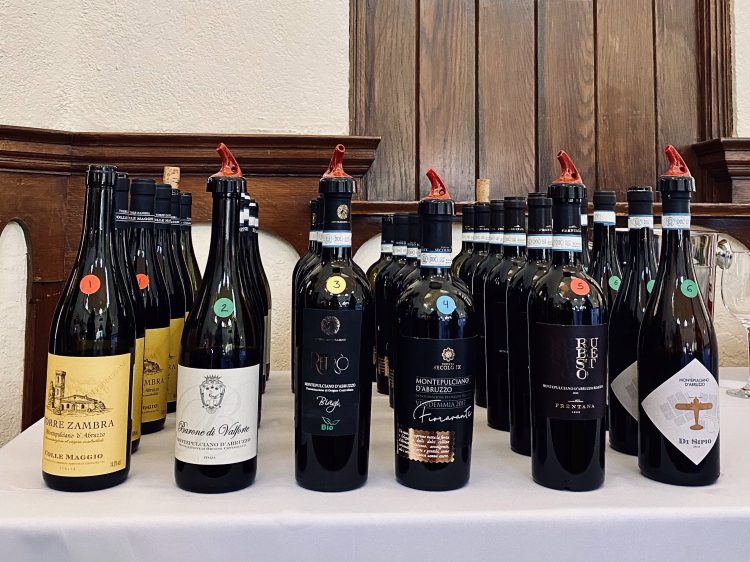
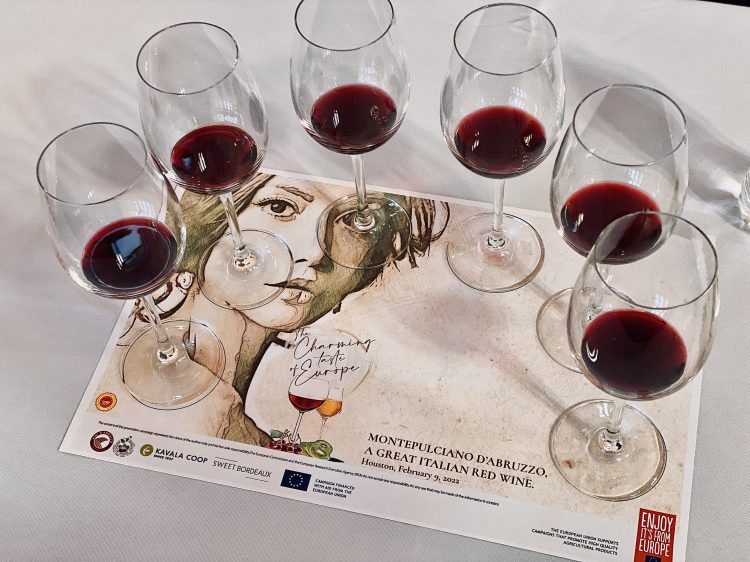
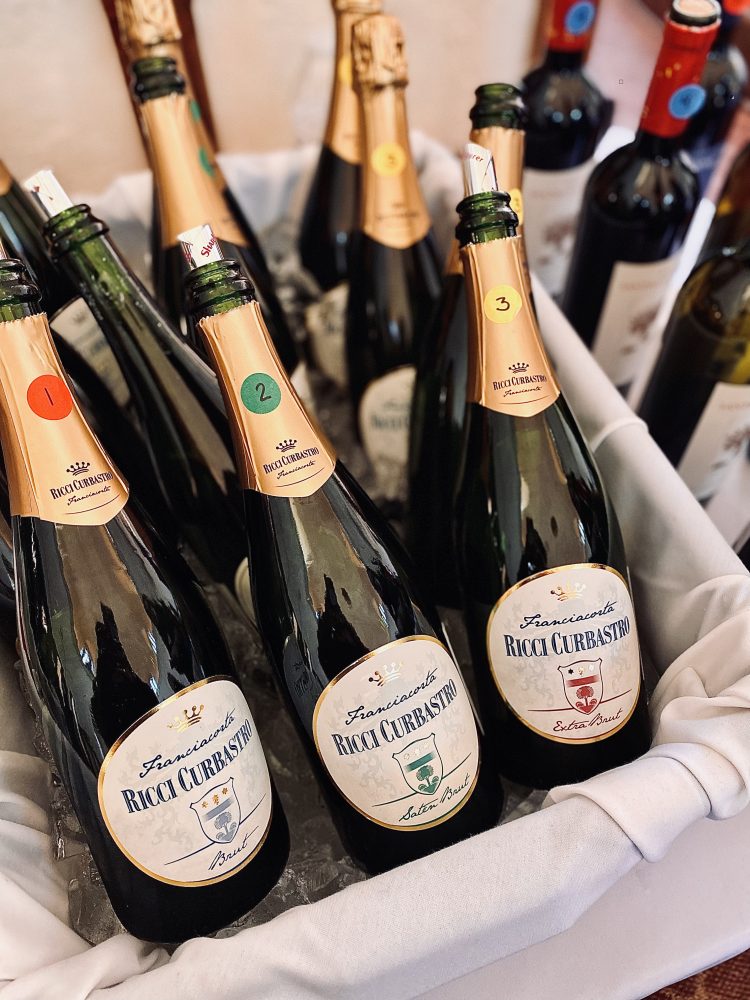
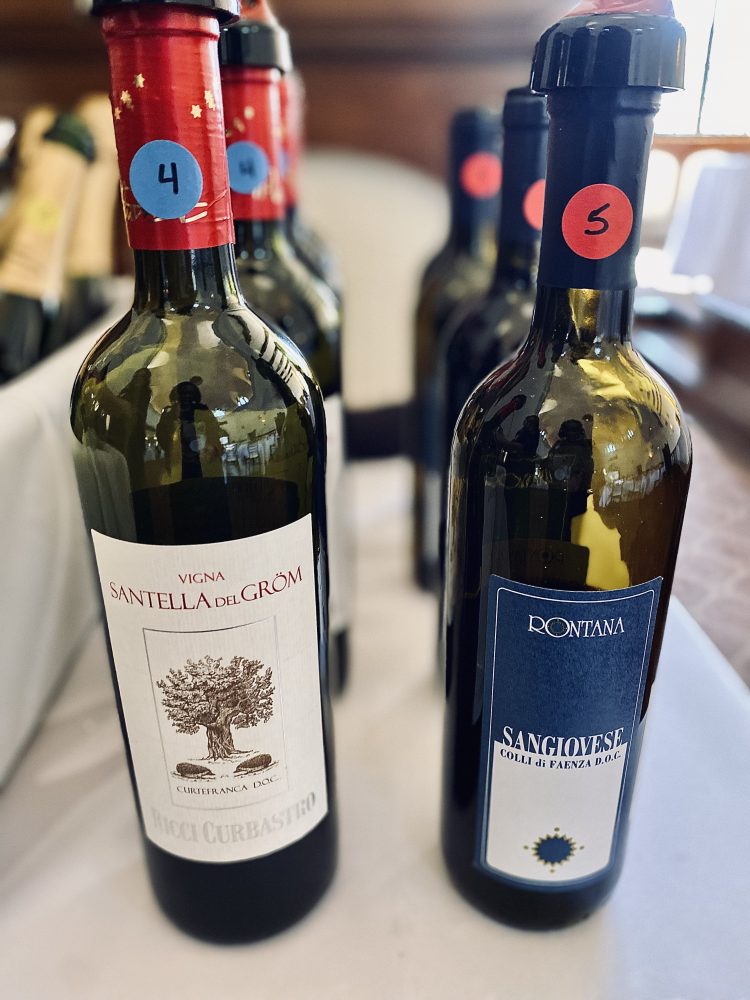
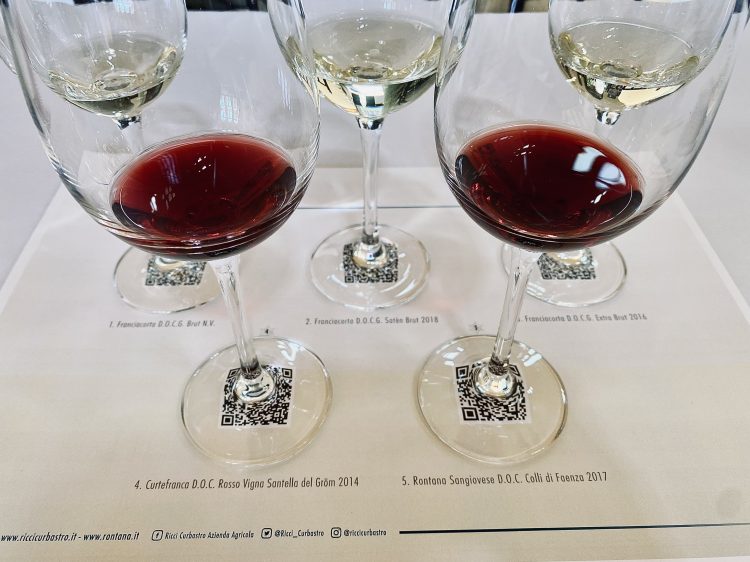
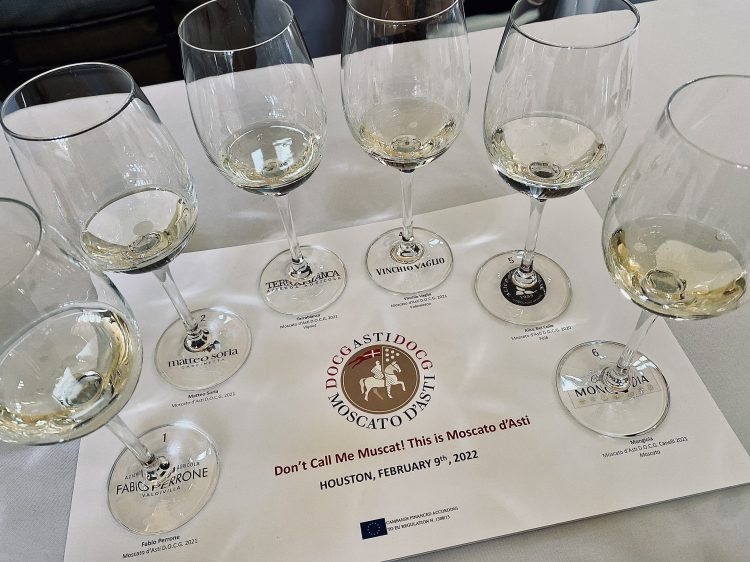
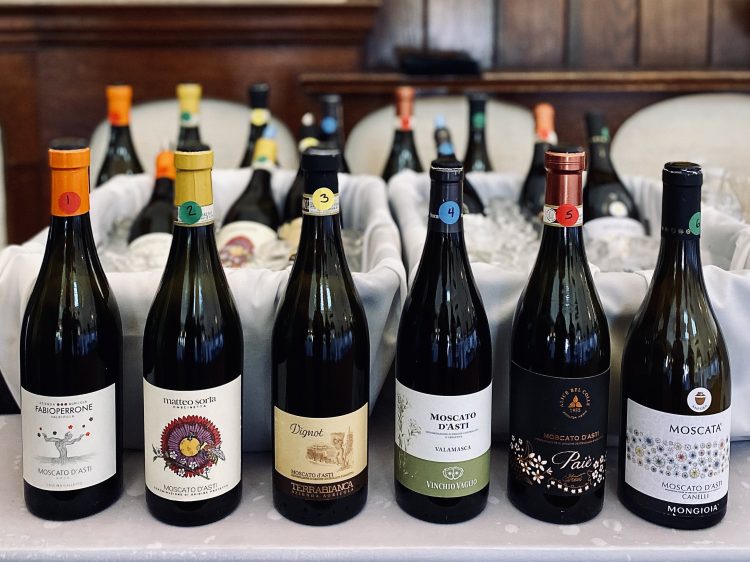
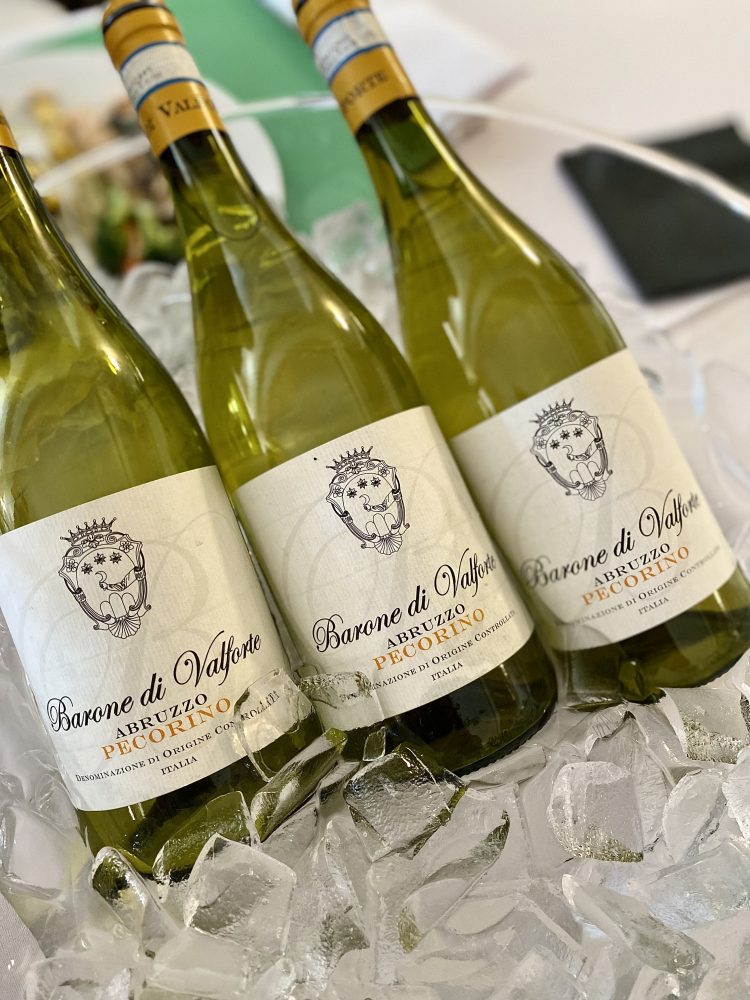
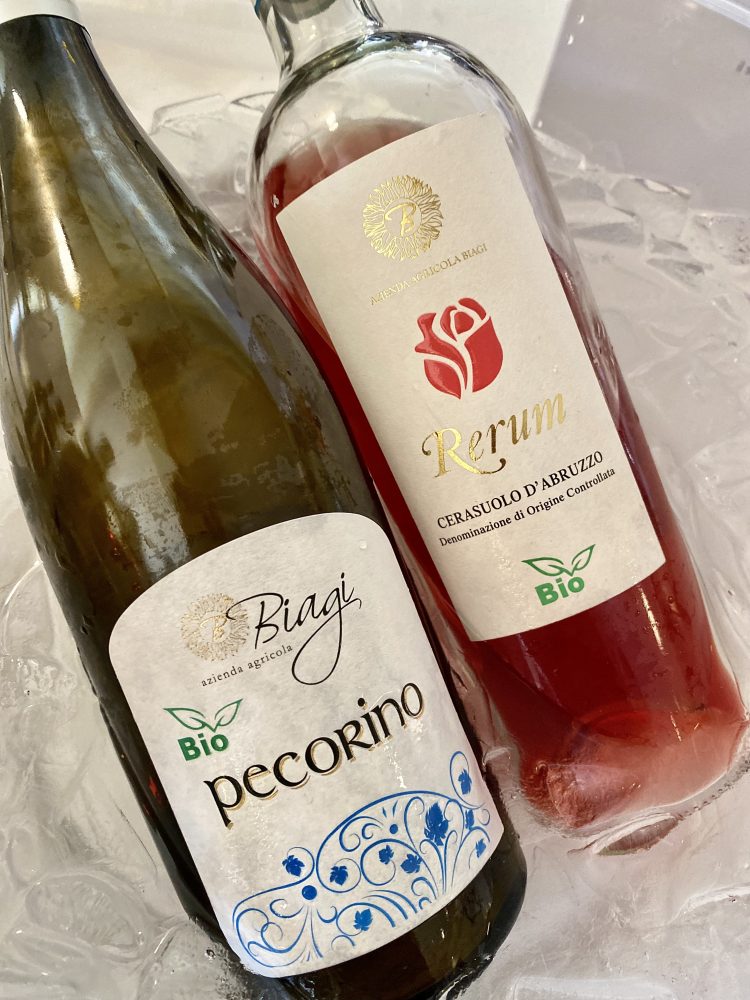
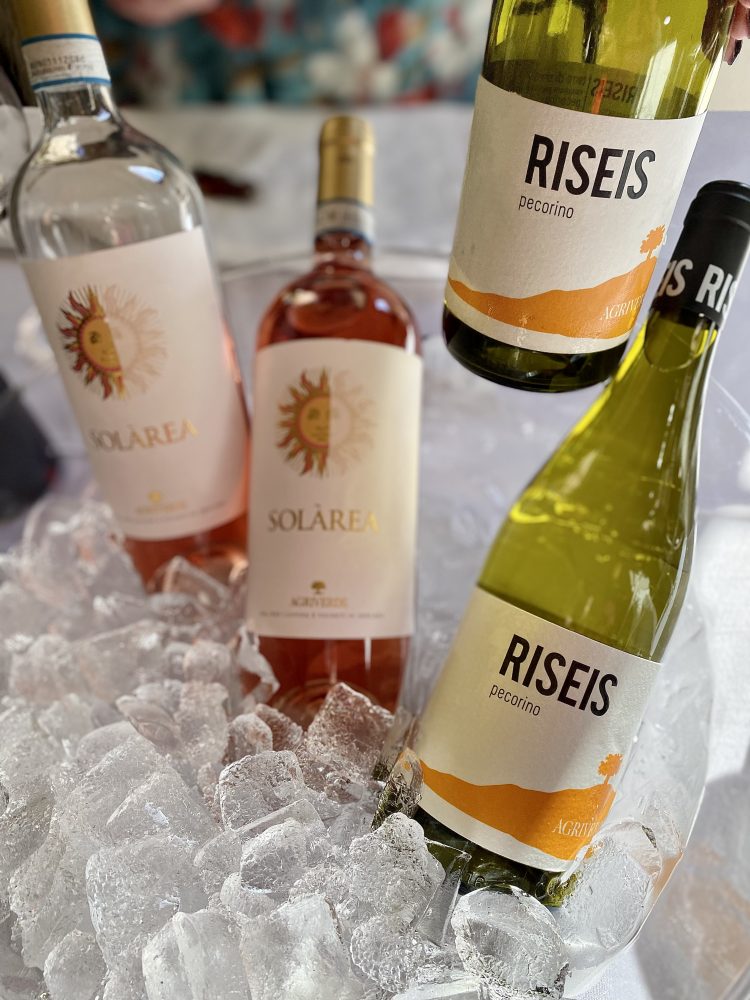
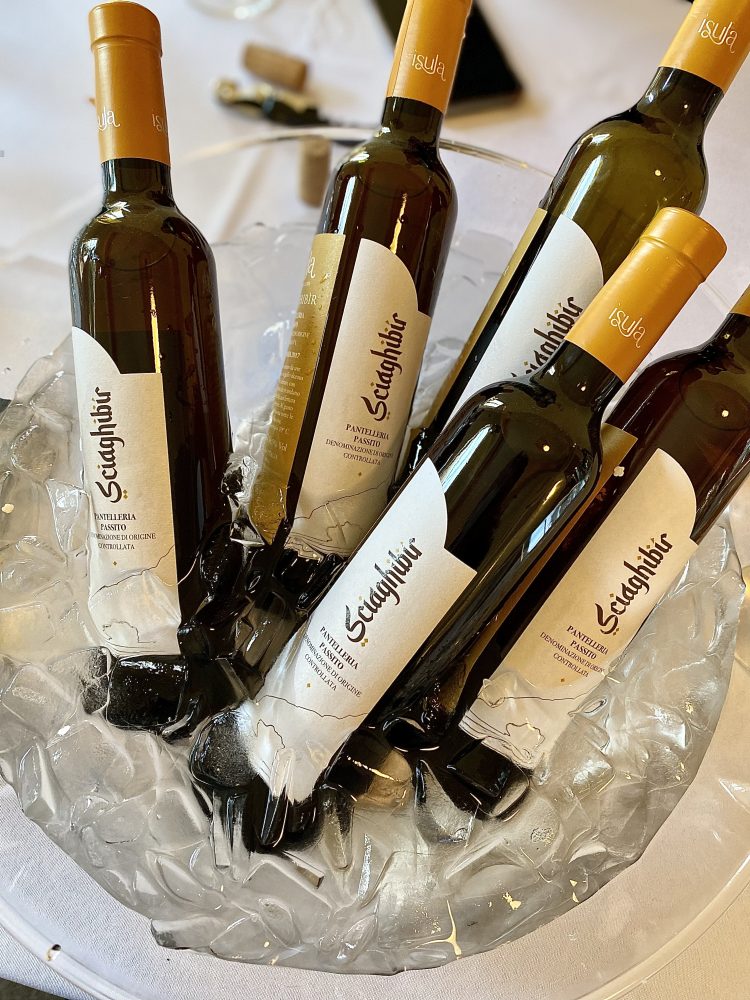

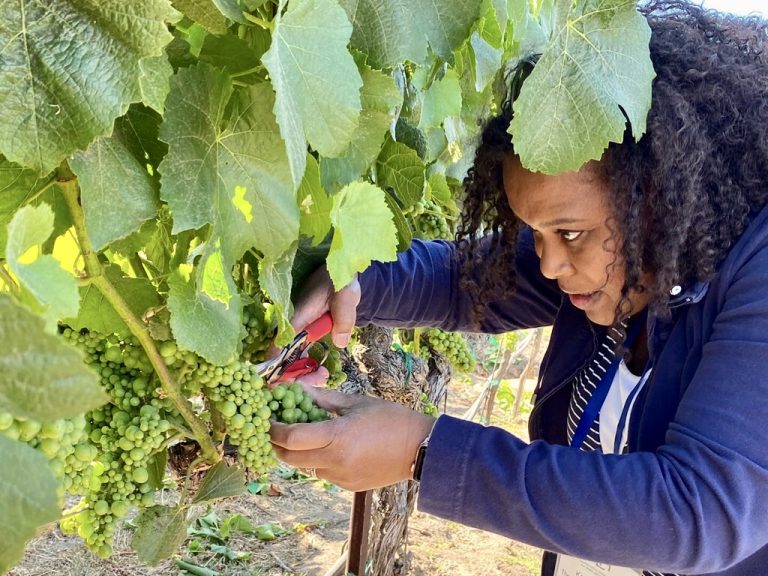


No Comments